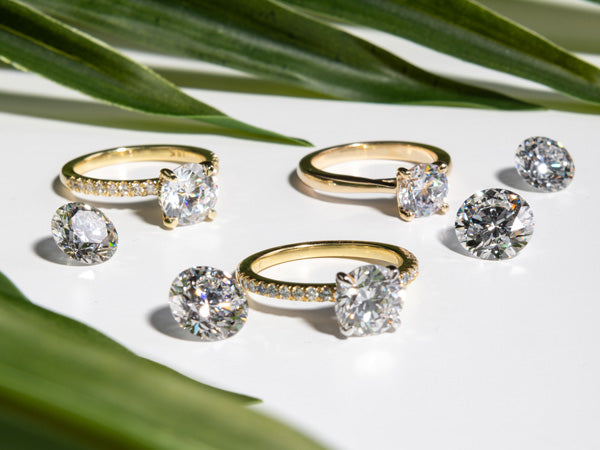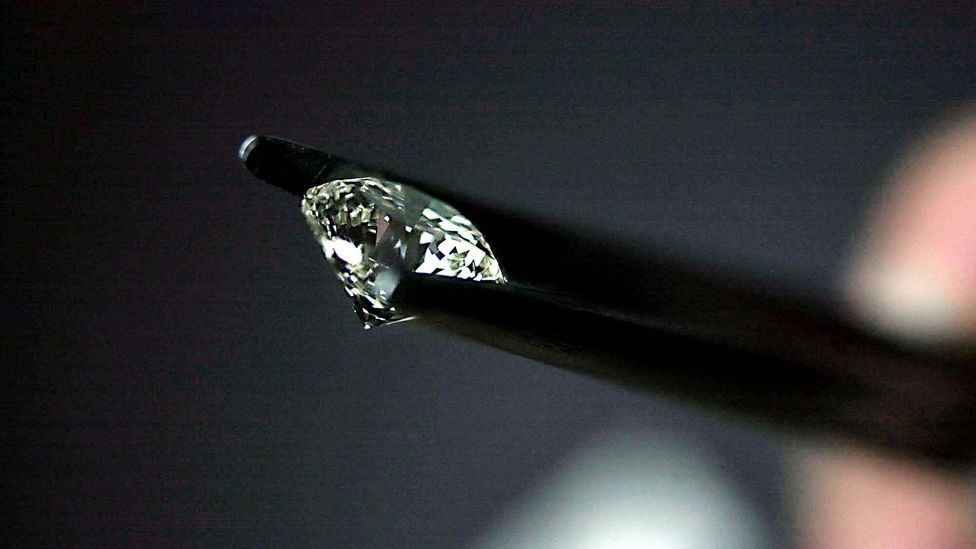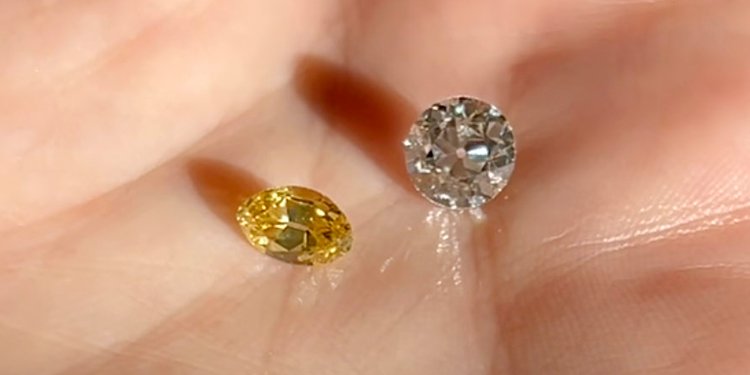Lab-grown diamonds are increasingly popular in the jewelry industry, thanks to their low cost and ethical production. They offer a viable alternative to mined diamonds that is more sustainable for the environment and supports a circular economy.
Lab-grown diamonds have many of the same properties as natural diamonds but are made from cultured diamond crystals grown in highly controlled laboratory conditions. This new form of diamond production has been embraced by consumers who are looking for an environmentally friendly option when purchasing fine jewelry.
As lab-grown diamonds become more widely available, they will play an important role in fostering a circular economy that reduces waste and encourages resource conservation.
1. The Benefits of Lab-Grown Diamonds for the Circular Economy
Lab-grown diamonds are emerging as a viable alternative to mined diamonds, and their role in the circular economy is becoming increasingly important. Lab-grown diamonds are created in a laboratory setting using advanced technology that replicates the natural diamond formation process.
They offer several advantages over traditionally mined diamonds, including being more environmentally friendly, offering greater affordability, and creating job opportunities for those working in the lab-grown diamond industry. Lab-grown diamonds can also be used to create products with improved performance characteristics compared to those of traditionally mined stones; this could lead to greater efficiency when it comes to product lifecycles and recycling efforts within the circular economy.
Additionally, lower costs associated with producing lab-grown gems may help reduce waste by allowing companies to produce more jewelry without increasing their overhead expenses significantly. Ultimately, lab-grown diamonds provide an ethical solution for both consumers and businesses looking to incorporate sustainability into their purchasing decisions while still enjoying all the benefits of owning a beautiful piece of jewelry made from these precious stones.
2. How Lab-Grown Diamonds Contribute to Sustainable Manufacturing

Source: cdn.shopify.com
Lab-grown diamonds are revolutionizing the way we think about sustainable manufacturing. As an environmentally friendly and cost-effective alternative to mined diamonds, lab-grown diamonds are playing a key role in helping manufacturers meet sustainability goals.
By providing a source of high quality, conflict-free diamonds at a fraction of the price of natural stones, lab-grown diamond production is helping to reduce waste throughout the entire supply chain while also cutting costs for both consumers and producers. Additionally, since lab grown diamonds use fewer resources than mining operations do, they offer greater potential for closed loop systems that promote long term sustainability.
Lab grown diamonds can be used not only as jewelry but also in industrial applications such as electronics and medical devices which further demonstrates their value in promoting circular economy principles.
3. Exploring the Environmental Impact of Lab-Grown Diamond Production
The Role of Lab-Grown Diamonds in the Circular Economy article highlights the potential role that lab-created diamonds can play as a sustainable alternative to traditionally mined diamonds. It discusses how, by reducing resource extraction and limiting environmental damage caused by mining activities, lab-grown diamonds can help contribute to a more circular economy where resources are used responsibly and efficiently.
Additionally, it examines how this could potentially reduce the carbon footprint associated with diamond production and improve labor standards for those working in diamond mines.
Finally, it looks at ways that consumers can make informed decisions about their purchases to ensure they are supporting responsible companies when buying jewelry containing lab-created gems.
4. The Potential of Lab-Grown Diamonds to Reduce Waste in the Jewelry Industry

Source: ychef.files.bbci.co.uk
Lab-grown diamonds have the potential to play a key role in reducing waste and promoting sustainability within the jewelry industry. By using high-tech methods such as chemical vapor deposition (CVD) or high pressure, high temperature (HPHT), lab-grown diamonds can be produced with minimal environmental impact compared to mining traditional diamonds from the ground. Furthermore, lab-grown diamonds are ‘ethically sourced’ which eliminates many of the human rights abuses associated with diamond mining operations.
Lab-grown stones also reduce production costs due to their lower price than mined diamonds; this in turn allows smaller jewelry businesses and consumers access to quality stones at an affordable cost. Lastly, by replacing mined stones with lab grown alternatives, fewer resources are extracted from nature for jewelry production thus helping promote a circular economy model where materials are reused and recycled instead of being discarded into landfill sites or burned off as toxic emissions.
5. Creating a Future with Responsible Consumption Using Lab-Grown Diamonds
Lab-grown diamonds are playing an increasingly important role in sustainable development and the circular economy. They offer a solution to reduce environmental impacts associated with traditional mining operations while also providing access to affordable diamonds for consumers.
By eliminating the need for extensive energy consumption, toxic chemicals, and other adverse environmental effects of diamond mining, lab made diamonds can help create a more responsible future for our planet. Furthermore, by promoting reuse and repurposing of existing materials through recycling efforts, lab-grown diamonds help close the loop on material resources and reduce waste from production processes. Lab-grown diamonds also provide economic benefits by creating job opportunities in manufacturing plants that produce them as well as stimulating local economies through increased tourism spending when mined alternatives are used in jewelry creation or retail sales.
With their potential to support sustainable development initiatives globally, lab-grown diamonds have become widely recognized as a key component of the circular economy movement worldwide.

Source: purewow.com

